- No products in the cart.
Manin 3.5 Table 120 pcs 3.5mg
$3.55
Manin 3.5 Table 120 pcs 3.5mg
Description
Composition
Active substance:
1 tablet contains: Glibenclamide (micronized form) – 3.5000 mg ;.
Excipients:
Lactose monohydrate – 63.9967 mg, potato starch – 27.7500 mg, gimetelloza – 11.0000 mg, colloidal silicon dioxide – 3.5000 mg magnesium stearate – 0.2500 mg carmine dye [Ponceau 4R] (E 124) – 0.0033 mg.
Description:
Pink Valium tablets with beveled and scored on one side of the tablet.
Product form:
Tablets of 3.5 mg.
For 120 tablets the vial of clear glass, a sealed plug stopper made of polyethylene.
1 bottle together with instructions for use placed in a cardboard box.
Contraindications
Hypersensitivity to glibenclamide and / or other components forming part of the formulation; .. An increased sensitivity to other derivatives of sulfonylureas, sulfonamides, diuretic (diuretic) Drugs, containing in the molecule a sulfonamide group, and probenecid, t to cross-reactions can occur; type 1 diabetes; diabetic ketoacidosis, diabetic coma and precoma; state after resection of the pancreas; severe hepatic failure; severe renal failure (creatinine clearance
Precautions thyroid disease (with impaired function); febrile syndrome; cerebral arteriosclerosis; hypofunction of the anterior pituitary and adrenal cortex; alcoholism; acute alcohol intoxication; State, accompanied by malabsorption of food and the development of hypoglycemia; advanced age (over 70 years) because of the risk of hypoglycemia.
Dosage
3.5 mg
Indications
Type 2 diabetes as monotherapy or in combination therapy with other oral hypoglycemic agents than sulfonylureas and glinides.
Interaction with other drugs
Amplification hypoglycemic action of the drug is possible with Maninil® 3.5 concomitantly with angiotensin converting enzyme inhibitors, anabolic agents and male sex hormones, other oral hypoglycemic agents (e.g., acarbose, biguanides) and insulin, azapropazone, nonsteroidal antiinflammatory drugs (NSAIDs), beta blockers, quinolone derivatives, chloramphenicol, clofibrate and its analogs, derivatives of coumarin, disopyramide, fenfluramine, antifungal and drugs (miconazole, fluconazole), fluoxetine, inhibitors of monoamine oxidase, p-aminosalicylic acid, pentoxifylline (in large doses administered parenterally), perhexiline, pyrazolone derivatives, phosphamide (e.g., cyclophosphamide, ifosfamide, trofosfamide), probenecid, salicylates, sulfonamides , tetracyclines and tritokvalinom.
Urine acidifying agents (ammonium chloride, calcium chloride) enhance the effect of the drug Maninil® 3.5 by reducing the degree of its dissociation and increase its reabsorption.
Hypoglycemic action Maninil® 3,5 preparation can be reduced while the use of barbiturates, isoniazid, diazoxide, glyukortikosteroidami, glucagon, nicotinate (in higher doses), phenytoin, phenothiazines, rifampicin, thiazide diuretics, acetazolamide, oral contraceptives and estrogen hormone preparations jodsoderzhashchih thyroid, sympathomimetic agents blockers “slow” calcium channels, lithium salts.
H2-receptor antagonists can attenuate the one hand, and on the other – enhance the hypoglycemic effect Maninil® 3,5 preparation. Pentamidine and in rare cases can cause severe decrease or increase in the concentration of glucose in the blood.
Can enhance or diminish the action of coumarin derivatives.
Along with the strengthening of hypoglycemic action of beta-blockers, clonidine, guanethidine and reserpine, and drugs with a central mechanism of action, could weaken the sense of precursors symptoms of hypoglycemia.
Overdose
Symptoms: hypoglycemia (hunger, hyperthermia, tachycardia, drowsiness, weakness, moisture skin, incoordination, tremors, generalized anxiety, anxiety, headache, transient neurological disorders (eg, visual disturbances and speech, manifestation of paresis or paralysis or Changing perceptions and sensations). With the progression of hypoglycemia, patients may lose self-control and awareness, the development of hypoglycemic coma.
Treatment: Mild hypoglycemia should be taken into a piece of sugar, food or drinks high in sugar (jam, honey, a glass of sweet tea).
If unconscious must enter intravenous glucose (40-80 ml 40% dextrose (glucose), then infusion of 5-10% dextrose. You can then enter further glucagon 1 mg intravenously (intramuscularly or subcutaneously). If the patient does not regain consciousness, that this measure can be repeated, etc., may require intensive care.
pharmachologic effect
Pharmacological group:
Hypoglycemic agent for oral administration group II generation sulfonylureas.
Pharmacodynamics:
Glibenclamide stimulates insulin secretion by glucose lowering the threshold for stimulation of pancreatic beta cells and increases sensitivity to insulin and the degree of binding to target cells that increases insulin release, enhances the action of insulin on glucose uptake by muscles and the liver, inhibits lipolysis in adipose tissue. Effective second stage insulin secretion. Has hypolipidemic effect, reduces the thrombogenic properties of blood.
3.5 Maninil® in micronized form is a high-tech, specially divided form glibenclamide allowing the drug will be absorbed from the gastrointestinal tract. In connection with the earlier achievement of the maximum concentration in plasma glibenclamide, hypoglycemic effect practically corresponds in time to the rise in plasma glucose concentration after a meal, making the effect of the drug softer and physiological.
The duration of the hypoglycemic action of glibenclamide envy dose and can last up to 24 hours.
Pharmacokinetics:
When ingestion of glibenclamide is rapidly and almost completely absorbed.
Simultaneous food intake does not significantly affect the absorption of glibenclamide. Full release of the active substance is micronised for 5 minutes. Time to maximum concentration – 1-2 hours.
Communication with the plasma protein is 98%. Glibenclamide is completely metabolized in the liver to form two inactive metabolites, one of which is excreted by the kidneys, and the other – with bile. The half-life after oral administration – 2-5 hours.
In patients with impaired liver function the elimination of the active substance from the plasma is slowed down. In patients with renal insufficiency – compensatory increases the excretion of metabolites in the bile. If creatinine clearance> 30 ml / min total elimination remains unchanged with severe renal failure glibenclamide possible accumulation in the body.
Pregnancy and breast-feeding
Use of the drug Maninil® 3.5 during pregnancy and lactation is contraindicated. When pregnancy occurs the drug should be discontinued.
Conditions of supply of pharmacies
On prescription.
side effects
Possible side effects of the drug when applied Maninil® 3.5 are shown below in descending frequency of occurrence: often (> 1/100, 1/1000, 1/10000,
Violations by the Metabolism and nutrition:
Often: hypoglycemia (hunger, hyperthermia, tachycardia, drowsiness, weakness, moisture skin, incoordination, tremors, generalized anxiety, anxiety, headache, transient neurological disorders (eg, visual disturbances and speech, the appearance of paresis or paralysis or altered perception of sensation), increase of body weight;
Disorders of the gastrointestinal tract:
Uncommon: nausea, feeling of heaviness in the stomach, belching, vomiting, abdominal pain, diarrhea, “metallic” taste in the mouth;
Violation of the liver and biliary tract:
Very rarely, a temporary increase in the activity of “liver” enzymes, intrahepatic cholestasis, hepatitis;
Violations by the immune system:
Uncommon: pruritus, urticaria, purpura, petechiae, increased photosensitivity.
Very rare: Generalized allergic reactions, accompanied by skin rash, arthralgia, fever, jaundice and proteinuria; allergic vasculitis; anaphylactic shock.
Blood disorders and lymphatic system:
Rare: thrombocytopenia;
Very rare: leukopenia, erythropenia, agranulocytosis;
In isolated cases: pancytopenia, haemolytic anemia.
Other:
Very rare: visual disturbances and disorders of accommodation, increased diuresis, transient proteinuria, hyponatremia, “precipitates a effect” (disulfiramopodobnyh reaction) at alcohol reception (the most frequent signs of effects: nausea, vomiting, abdominal pain, skin feel the heat of the face and upper torso , tachycardia, dizziness, headache). Cross allergic to probenecid, sulfonylureas, sulfonamides, diuretics (diuretic) products containing in the molecule a sulfonamide group.
special instructions
During treatment Maninil® 3.5 must be complied with a doctor’s recommendation to comply with diet and self-blood glucose concentrations.
Long term abstinence from food, insufficient supply of carbohydrates, intense physical activity, diarrhea or vomiting are the risk of hypoglycemia.
Simultaneous administration of drugs having effect on the central nervous system, lowering blood pressure (including beta-blockers), as well as autonomic neuropathy may mask symptoms of hypoglycemia.
In elderly patients, the risk of hypoglycemia is somewhat higher, so the need for a more careful selection of dose and regular monitoring of blood glucose fasting and after eating, especially early in treatment.
Alcohol can induce hypoglycemia, as well as the development of “precipitates a ‘effect (nausea, vomiting, abdominal pain, skin feel the heat of the face and upper body, tachycardia, dizziness, headache), so you should abstain from alcohol during treatment with Manin ® 3,5.
Major surgery and trauma, extensive burns, infectious diseases with febrile syndrome may require cancellation of oral hypoglycemic drugs and insulin destination.
During treatment is not recommended for prolonged exposure to the sun.
Effects on ability to drive vehicles and management mechanisms
At the time of treatment must be careful when driving and other potentially hazardous activities that require concentration and psychomotor speed reactions.
Storage conditions
At a temperature of not higher than 25 C.
Drug store out of reach of children !.
Dosing and Administration
The dose depends on the age, severity of diabetes, the glucose concentration in the blood of fasting and 2 hours after eating.
Starting dose Maninil® 3.5 is 1/2 – 1 pellet (1.75 mg – 3 mg), 1 time per day. If the initial dose does not result in the achievement of adequate metabolic control, the dose of the drug Maninil® 3.5 should gradually under medical supervision to increase. Increasing the dose should be made at intervals of a few days up to one week, until the desired therapeutic dose, which must not exceed the maximum.
The maximum daily dose Maninil® 3.5 – 3 tablets (10.5 mg).
The drug should be taken before meals, with liquid squeezed small amount of liquid. Daily dose is up to 2 tablets should be taken one time a day – in the morning just before breakfast. Higher doses are divided into morning and evening reception in a ratio of 2: 1.
Omitting a single dose, the next dose should be taken at the usual time, while not allowed to take a higher dose.
Elderly, immunocompromised patients or patients with reduced power, as well as suffering from severe renal or hepatic function and initial maintenance dose should be reduced due to the risk of hypoglycemia.
Translation from other hypoglycemic agents:
Transition from other hypoglycemic agents to the drug should start Maninil® 3.5 under medical supervision with 1/2 – 1 3.5 tablets Maninil® preparation per day (1.75 mg – 3.5 mg), gradually increasing the dose to the desired therapeutic .
Information
Appearance may differ from that depicted in the picture. There are contraindications. You need to read the manual or consult with a specialist
Additional information
| Weight | 0.100 kg |
|---|---|
| Manufacturer | Berlin Chemie |

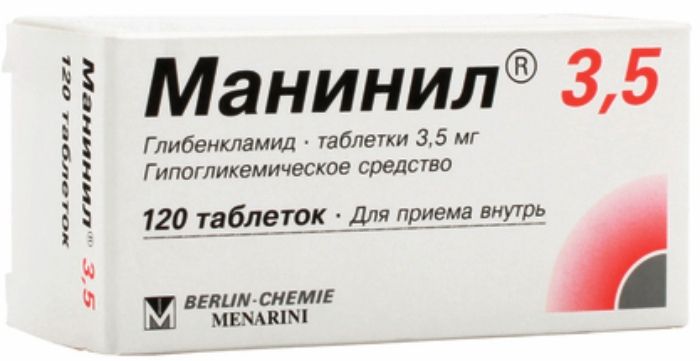
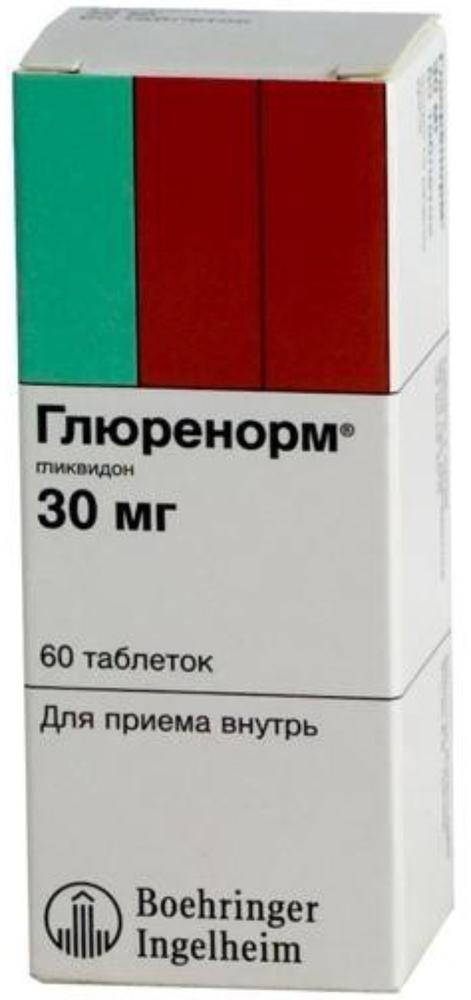
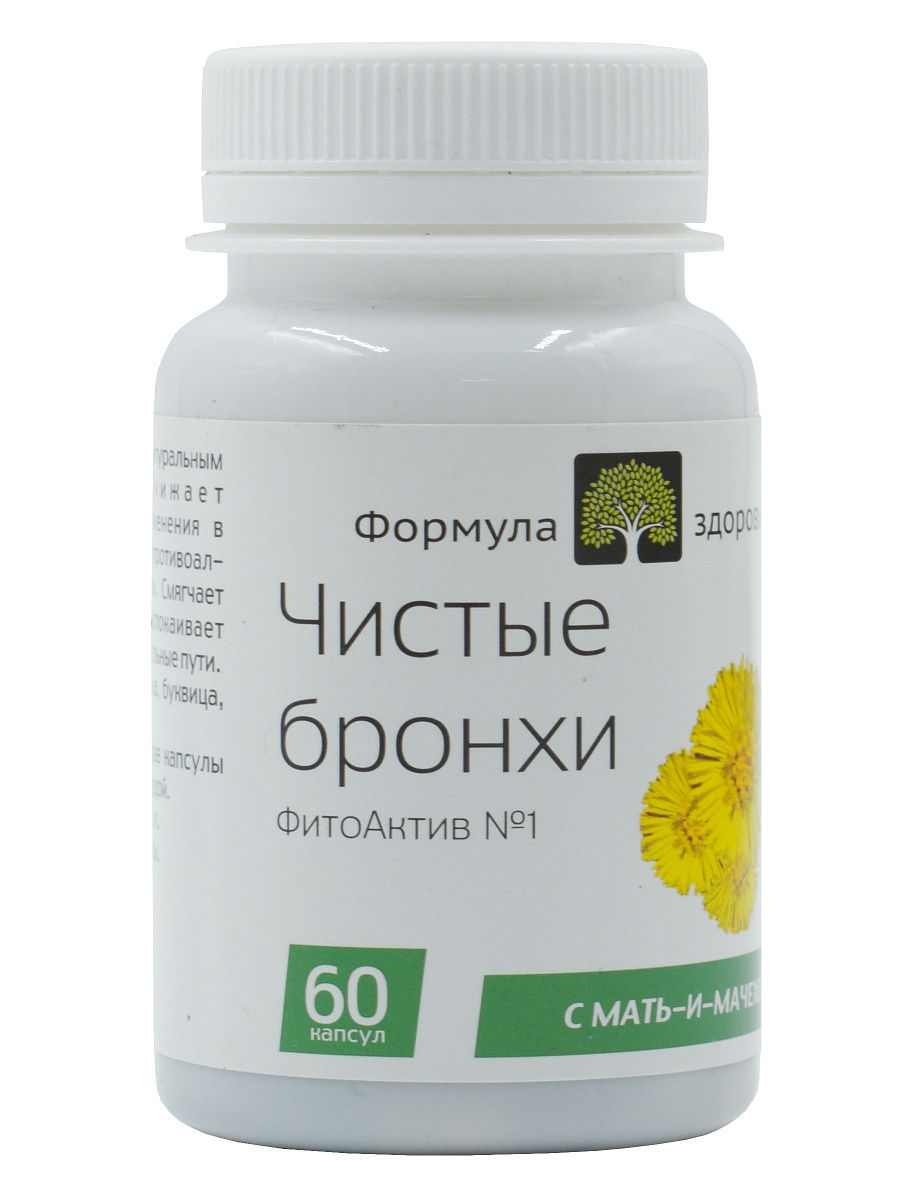
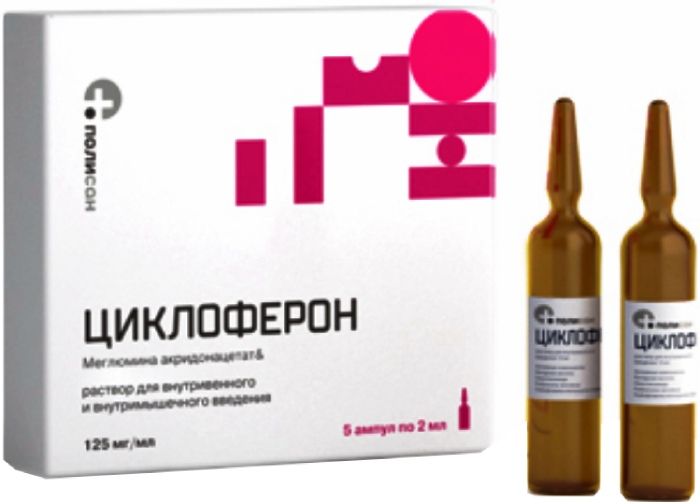
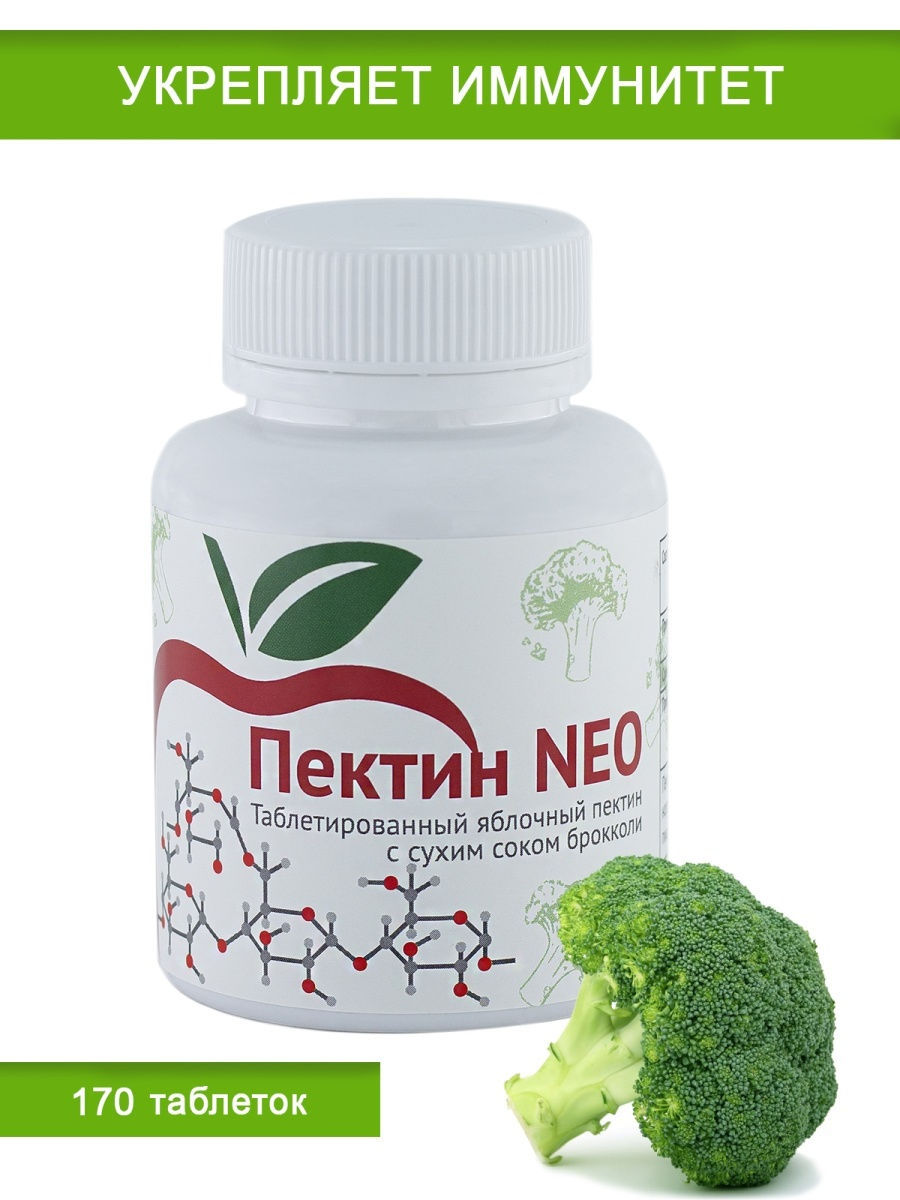
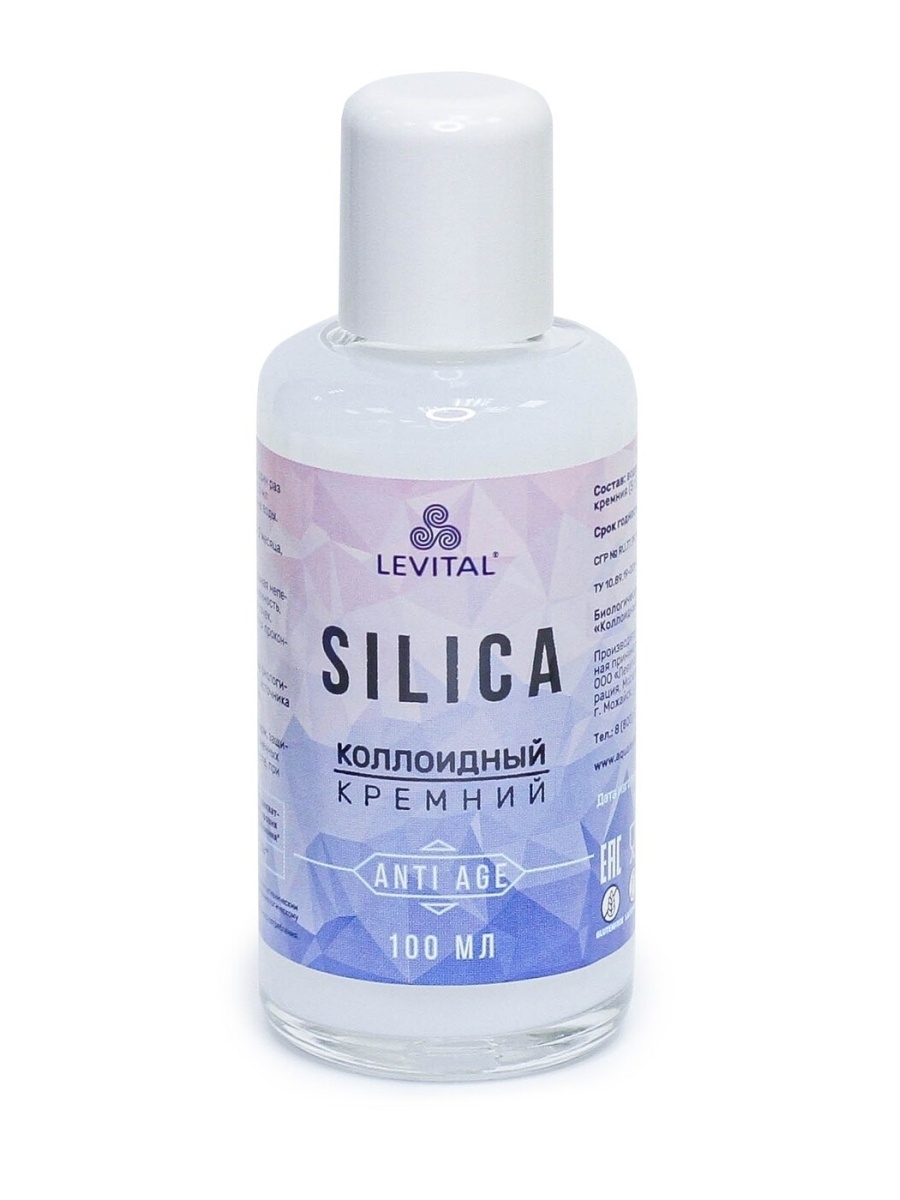
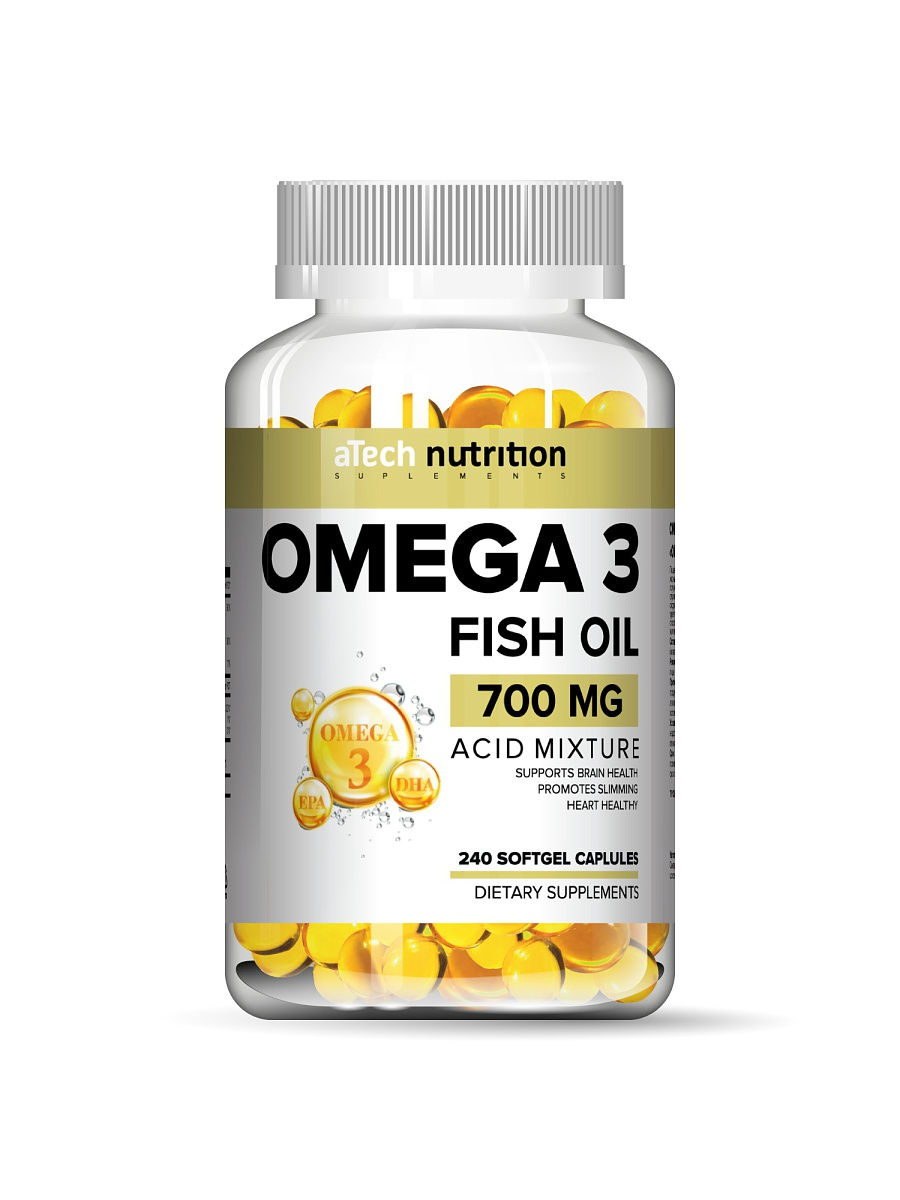
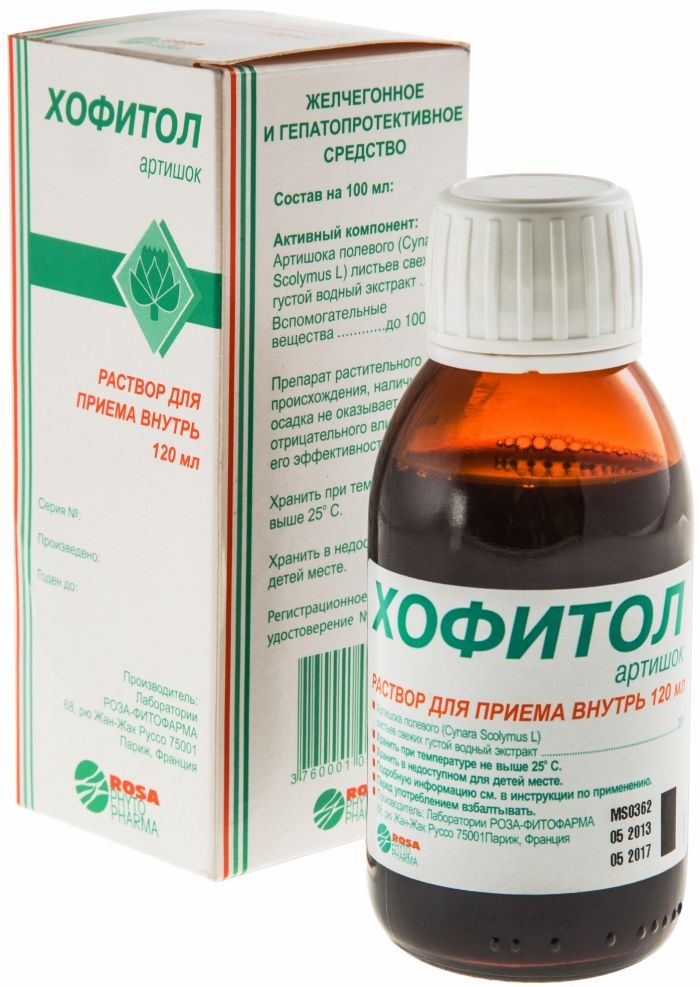




There are no reviews yet.